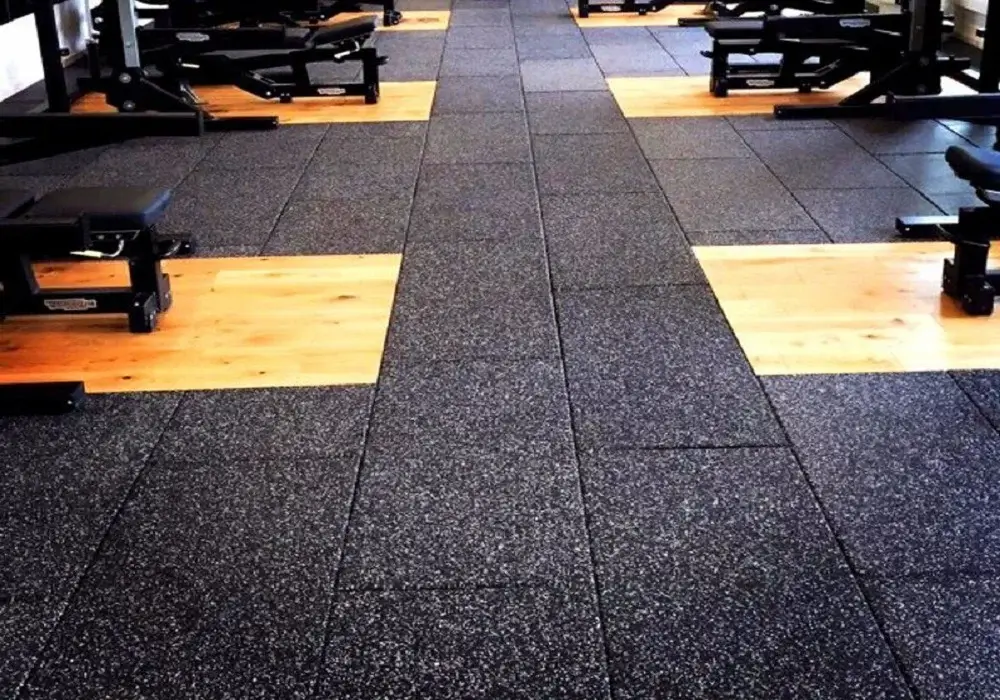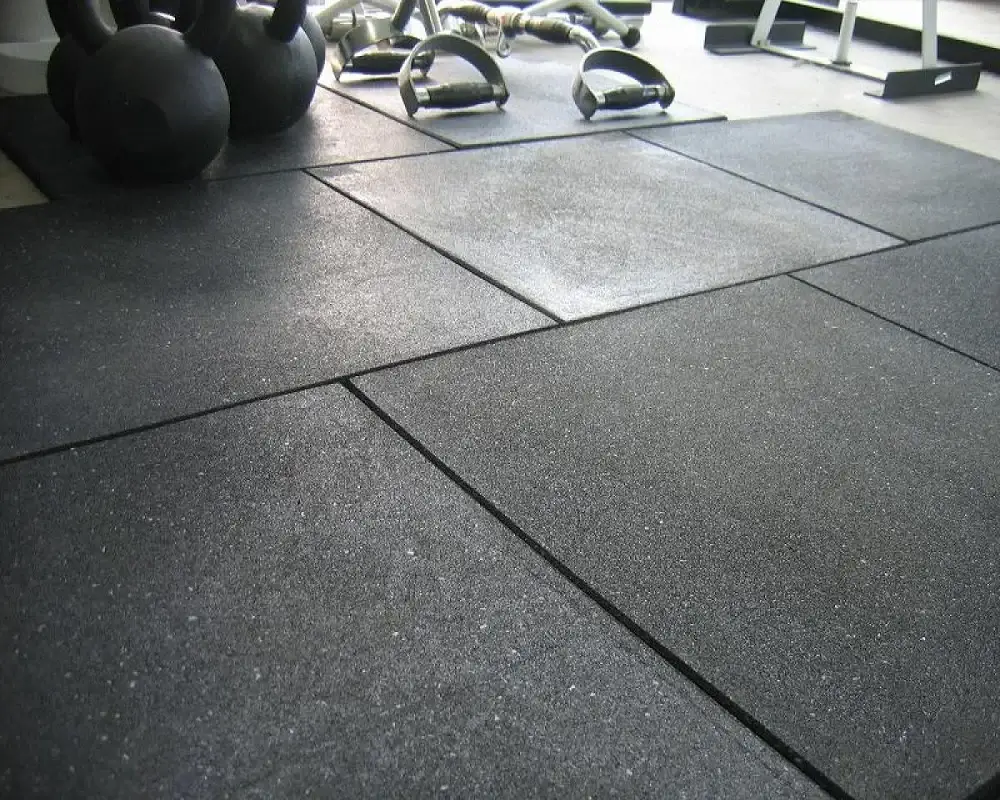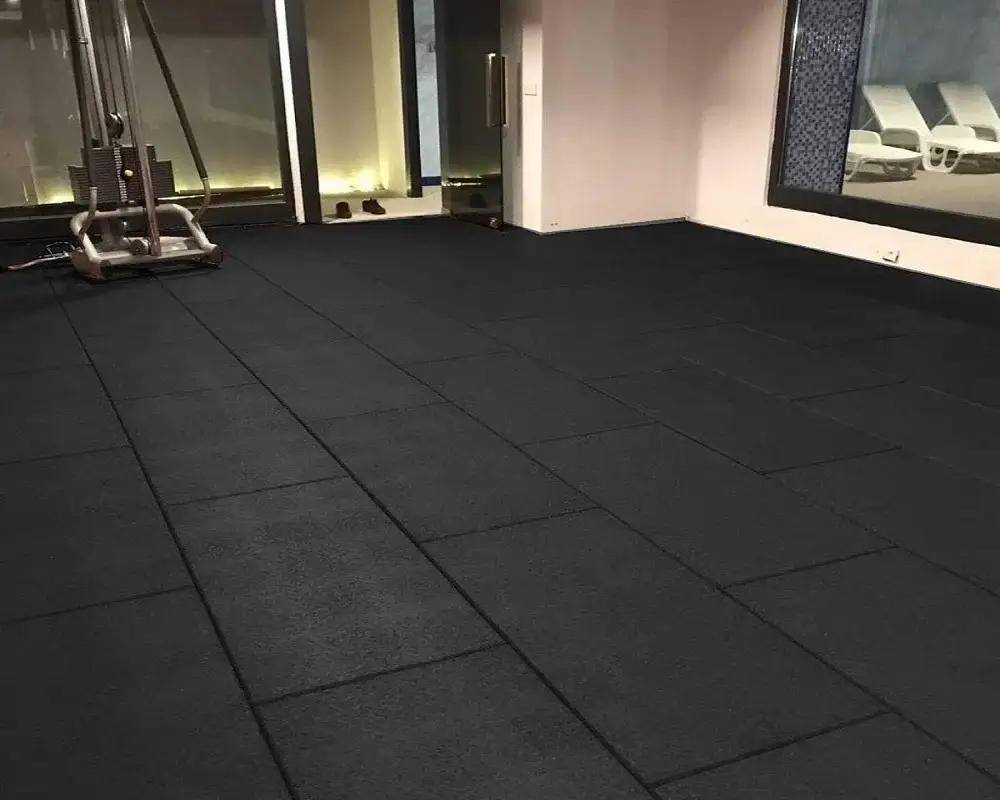FAQ
A: Rubber flooring is a type of resilient flooring made from natural or synthetic rubber materials. It is known for its durability, flexibility, and slip-resistant properties.
A: Rubber flooring offers several benefits, including excellent durability, shock absorption, slip resistance, noise reduction, easy maintenance, and a wide range of design options.
A: Rubber flooring is versatile and can be used in various settings. It is commonly used in commercial spaces such as gyms, schools, hospitals, and offices. It is also suitable for residential areas, playrooms, sports facilities, and areas with high foot traffic.
A: Yes, rubber flooring can be environmentally friendly. Many rubber flooring products are made from recycled rubber, making them a sustainable choice. Additionally, rubber flooring is long-lasting, reducing the need for frequent replacements.
A: Cleaning and maintaining rubber flooring is relatively easy. Regular sweeping or vacuuming, followed by damp mopping with a mild cleanser, is usually sufficient. Avoid using harsh chemicals or abrasive scrubbers that can damage the surface.
A: The installation of rubber flooring depends on the type and size of the area. While some rubber flooring options, like interlocking tiles, are suitable for DIY installation, others, such as sheet rubber flooring, may require professional assistance for proper adhesion and seamless installation.
A: Yes, rubber flooring can be used outdoors. There are specific rubber flooring products designed for outdoor applications, such as playgrounds, patios, and sports courts. These products are UV-resistant, weatherproof, and capable of withstanding various environmental conditions.
A: Yes, rubber flooring offers a comfortable walking surface due to its inherent cushioning properties. It provides a slight “give” underfoot, reducing strain on joints and offering a more comfortable experience compared to harder flooring materials.





